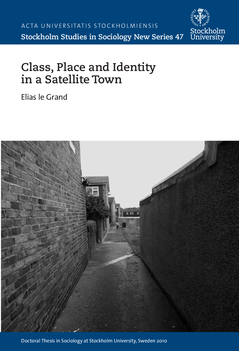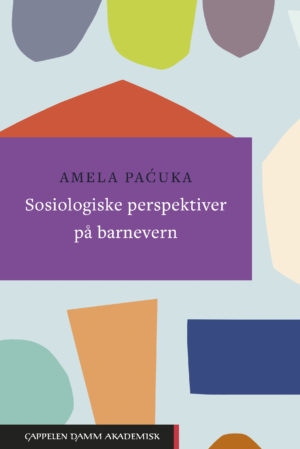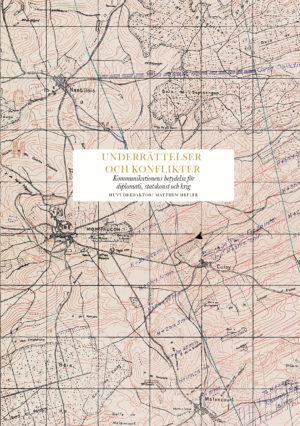The central aim of this study is to examine processes of identity formation among white, working-class youths in a marginalized area located on the outskirts of South London. It is primarily based on long-term ethnographic fieldwork but also on analyses of web sites, newspapers and popular culture. The study contributes to research on 'chavs', and on youth (sub)cultures and social class.Identity is conceived as constructed through the dialectical interplay between 'external' processes of social categorization and 'internal' processes of identification and boundary work. The context of the study is the recent moral panic in Britain over 'chavs'. In public discourse, the term chav emerged as a way of pathologizing white working-class youths adopting specific visual markers of taste. The study shows that most respondents, and the area in general, were positioned in the stigmatizing discourse on chavs, and the spaces and places that they are associated with. When interpreting the meaning of chav, the respondents drew strong boundaries against the term, and used it to categorize others. In contrast to earlier research, the notion of chav is not related to a subcultural style adopted by socially excluded groups of youths, but primarily a form of categorization serving to pathologize important aspects of the working-class culture in the area.The findings support the contention that spatiality plays an essential role in the formation of classed identities. In light of the stigmatizing perceptions of the area, the study explores the often ambiguous ways in which the respondents negotiated their sense of belonging, community and safety. Moreover, in relation to taste and masculinity, the study demonstrates how the construction and performance of classed identifications and distinctions, and thus symbolic class hierarchies, are related to the spatial context.







